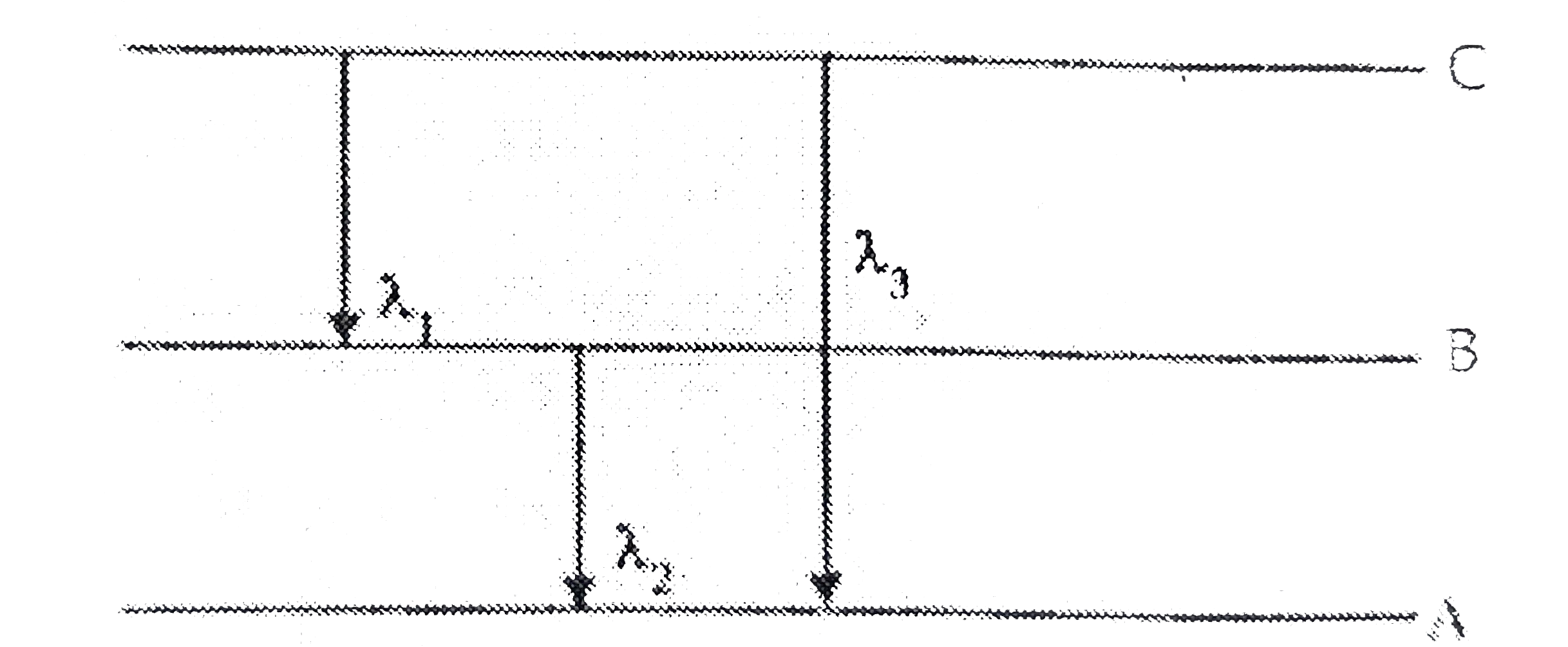Wobble hypothesis explain
gene regulation in eukaryotes
reverse transcription
degeneracy of genetic code
transcription
Step-by-Step Solution for Wobble Hypothesis
1. Introduction to Wobble Hypothesis: The Wobble Hypothesis was proposed by Francis Crick in 1966. It addresses the flexibility in base pairing between the codon in mRNA and the anticodon in tRNA.
2. Understanding Codons and Anticodons: Codons are sequences of three nucleotides in mRNA that correspond to specific amino acids. Anticodons are complementary sequences in tRNA that match the codons during protein synthesis.
3. Degeneracy of the Genetic Code: The genetic code is described as degenerate because multiple codons can code for the same amino acid. This is particularly true for the third position of the codon.
4. Wobble Position: The Wobble Hypothesis explains that the first two bases of the codon form strong base pairs with the corresponding bases in the anticodon, while the third base (the wobble position) can form weaker, more flexible base pairs. This allows for some variability in the pairing.
5. Implications of the Wobble Hypothesis: Due to this flexibility, a single tRNA molecule can recognize multiple codons that differ in their third base. This reduces the number of tRNA molecules needed for translation and contributes to the efficiency of protein synthesis.
6. Conclusion: The Wobble Hypothesis is crucial for understanding how the genetic code can be both specific and flexible, allowing for the degeneracy observed in the genetic code.
Topper's Solved these Questions
Similar Questions
“The Rivet Popper hypothesis explaining the effect of species loss on man's life was proposed by
View Solution(i) State Bohr's quantization condition for defining stationary orbits . How does de- Broglie hypothesis explain the stationary orbits ?
(ii) find the relation beween the three wavelengths
λ1,λ2 and λ3 from the energy level diagram shown :

View SolutionMunch's mass flow hypothesis explains
View SolutionWho proposed the lock and key hypothesis to explain the mechanism of enzyme action and in which year?
View SolutionIn succulent plants, the stomata open in the night and close in the day . which among the following would be the best hypothesis to explain the Mechanism of stomatal in the night only?
View Solution(a) Using de Broglie's hypothesis, explain with the help of a suitable diagram, Bolirs seconti pusitiaie of quantization of energy levels in a hydrogen atom.
(b) The ground state energy of hydrogen atom is -13.6 eV. What are the kinetic and poientialenegies of the electron in this state?
View SolutionSelect the correct one (w.r.t. Wobble hypothesis)
View SolutionWobble hypothesis was given by
View SolutionThere is a tRNA with anticodon UAC. If we apply the wobble hypothesis , then this tRNA can decode which of these codons ?
View SolutionRivet popper hypothesis' to explain the role of species richness for ecosystem healthy was given by
View Solution
